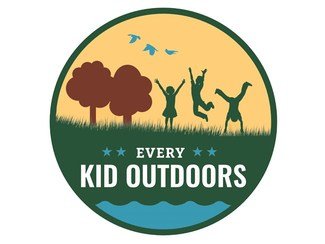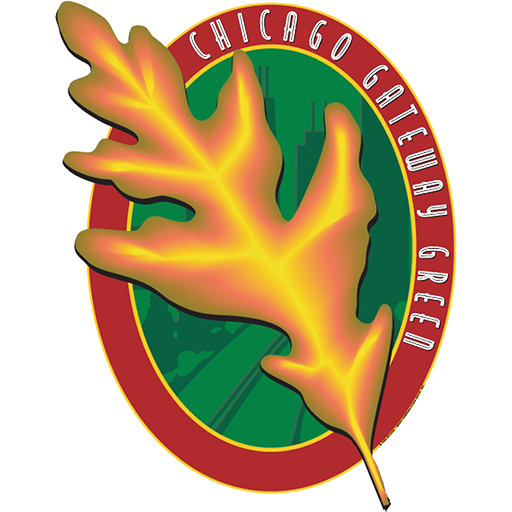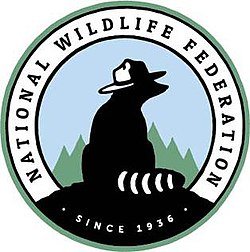independence in early childhood is like the first flutter of wings. it begins with small movements—grasping a spoon, choosing a shirt, stepping away to play alone—and grows into confident flights of self-reliance. these moments may seem ordinary, but they are milestones in the journey from caterpillar to butterfly, each one a sign of trust, growth, and readiness to explore the world.
at caterpillar care, we often see toddlers beam with pride after zipping a jacket, pouring water, or carrying their own bag. these simple tasks are victories. they show children that they are capable, competent, and trusted. nurturing independence does not mean leaving children on their own; it means guiding them gently while celebrating their growing abilities.
what independence looks like in toddlers
independence appears in many small but meaningful ways. a toddler may insist on feeding themselves, even if it ends with yogurt on their cheeks. a preschooler might want to pick out their own clothes, mismatched as they may be. another child may bravely walk into the classroom without clinging to a caregiver’s hand.
these acts are more than preferences—they are declarations: “i can do it myself.” by honoring these moments, we encourage children to trust themselves and their abilities.
the importance of independence for development
independence is not only about convenience for adults—it is essential for children’s growth. when children take on tasks, they build problem-solving skills, resilience, and confidence. they learn through trial and error, discovering that mistakes are not failures but stepping stones.
independence also supports emotional regulation. when children realize they can pour their own water or put on their shoes, they feel less frustrated and more in control. this sense of autonomy strengthens self-esteem and fosters patience.
tools that support self-reliance
creating an environment that welcomes independence makes all the difference.
✔ provide child-sized tools: small cups, spoons, brooms, and step stools give children the ability to participate fully.
✔ organize spaces at their level: hooks for jackets, shelves with reachable toys, and labeled bins allow children to take charge of their belongings.
✔ use visual aids: picture schedules or step-by-step charts can help children navigate routines with confidence.
when the environment is designed for independence, children thrive without constant adult intervention.
offering choices within boundaries
independence does not mean unlimited freedom. toddlers still need boundaries to feel safe. the key is offering choices within limits.
instead of asking, “what do you want to wear?” offer: “would you like the red shirt or the blue shirt?” instead of “what do you want for snack?” ask: “would you like apple slices or carrot sticks?”
these structured choices give children a sense of control while keeping routines manageable. they also teach decision-making, responsibility, and flexibility.
celebrating effort, not just outcomes
independence is a process, not a destination. what matters most is effort, not perfection. praising the attempt—“you worked so hard to zip your jacket”—encourages persistence. if the zipper gets stuck, the child still feels proud for trying.
this kind of encouragement builds resilience. children learn that success is not about flawless results, but about courage, practice, and determination.
gentle scaffolding for new skills
supporting independence often means breaking tasks into smaller, manageable steps. this approach, called scaffolding, gives children the confidence to succeed gradually.
for example, instead of expecting a toddler to put on both shoes immediately, encourage them to slip on one shoe while you guide with the other. as they master each step, reduce support until they can complete the task alone.
this process reminds children that learning is a journey—one that allows for help along the way.
independence and emotional growth
independence is not only about physical tasks—it is deeply tied to emotional development. when children begin to make their own choices, they also learn to manage frustration, cope with challenges, and celebrate achievements.
sometimes, independence means letting a child struggle a little, resisting the urge to step in immediately. watching them wrestle with a puzzle piece or attempt to button a shirt teaches perseverance. offering encouragement—“keep trying, i know you can do it”—provides emotional support while still honoring their efforts.
building community through independence
independence does not mean isolation. in fact, when children learn to take responsibility for themselves, they become more capable members of their community. a child who cleans up their toys helps create a tidy space for everyone. a preschooler who pours their own water may pour for a friend as well.
independence fosters interdependence—the understanding that caring for oneself is part of caring for others. children who feel confident in their own abilities are more likely to share those abilities in helpful, cooperative ways.
modeling independence as adults
children learn independence not only through practice but also through observation. when caregivers model problem-solving, self-care, and persistence, children absorb these lessons.
saying aloud, “this puzzle is tricky, but i’ll try again,” shows children that adults also face challenges and persevere. modeling independence reminds them that learning and effort continue throughout life.
creating space for safe risk-taking
independence sometimes requires letting go—allowing children to take safe risks. climbing a small structure, pouring water into a cup, or trying scissors for the first time may feel daunting, but these experiences are essential.
safe risk-taking builds confidence. it shows children that the world is full of challenges they are capable of meeting, especially when supported by caring adults nearby.
conclusion: the unfolding of wings
independence in childhood is not about rushing children toward adulthood. it is about celebrating the gradual unfolding of wings. each small act—tying a shoe, making a choice, expressing a need—is a flutter that prepares them for greater flights ahead.
when caregivers nurture independence with patience, encouragement, and trust, children learn to believe in themselves. they grow not only in skill but in spirit, ready to step into the world with confidence.
like butterflies emerging from cocoons, children find their wings in their own time. and when they do, they carry with them the strength, resilience, and joy that will guide their journey forward.































